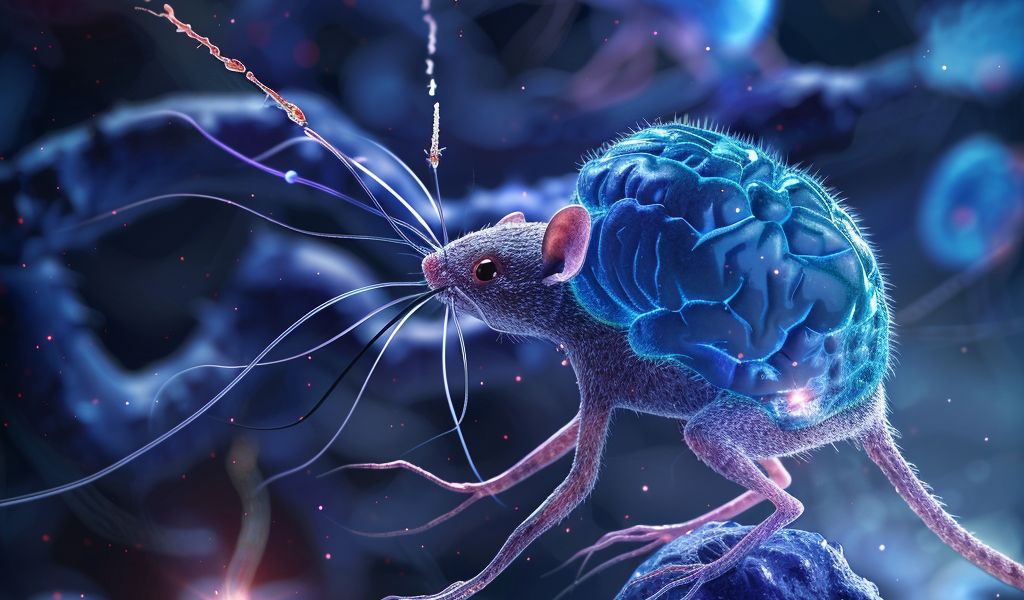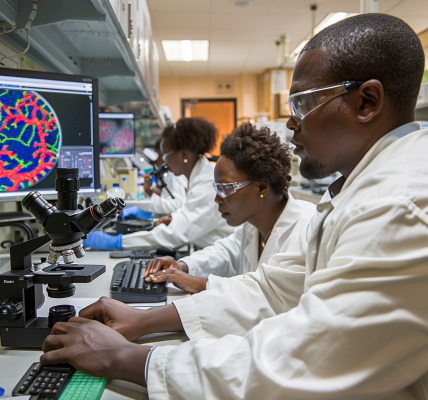A groundbreaking study led by researchers at Columbia University’s Irving Medical Center has demonstrated the remarkable potential of cross-species hybrid brain transfers in restoring sensory function. By incorporating rat stem cells into a developing mouse embryo, scientists were able to create a ‘hybrid brain’ capable of rescuing the mouse’s sense of smell when impaired.
The concept of a hybrid brain may sound like science fiction, but it involves the integration of cells from different species to form a functional brain structure. This innovative approach holds significant promise for regenerative medicine, particularly in the realm of restoring neural function in damaged or degenerating brains.
Professor Kristin Baldwin, a co-corresponding author of the study, emphasized the importance of this research in expanding our understanding of neural circuitry flexibility. By demonstrating the successful integration of rat cells into a mouse brain to enable olfactory function, the study sheds light on the potential applications of such hybrid brains in diverse scenarios, including human-machine interfaces and stem cell transplants.
The experimental process involved the introduction of rat embryonic stem cells into mouse blastocysts, followed by the transfer of these modified embryos into surrogate mouse mothers for development. Despite the evolutionary differences between rats and mice, the rat cells effectively integrated with mouse neurons, forming functional neural circuits throughout the mouse brain and establishing active connections with existing mouse cells.
The researchers were surprised to observe the widespread distribution of rat cells within the mouse brain, indicating a remarkable compatibility between the two cell types. This finding suggests that various mouse neurons could potentially be replaced by analogous rat neurons, opening up new possibilities for neural regeneration and repair.
The study’s results mark a significant advancement in the field of regenerative neuroscience, showcasing the potential of cross-species hybrid brain technology in restoring sensory capabilities. By leveraging the unique properties of different species’ cells, researchers have demonstrated a novel approach to enhancing brain function and paving the way for future innovations in neural regeneration.






